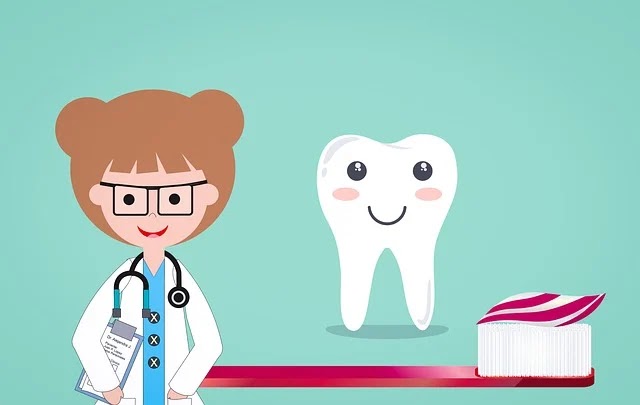A bright and radiant smile is often associated with confidence and a positive first impression. Teeth whitening has gained significant popularity as a means to enhance the appearance of teeth. However, with the abundance of information available, it’s important to separate fact from fiction when it comes to teeth whitening. In this blog post, we will explore essential teeth whitening facts that will help you make informed decisions and achieve a whiter smile safely.
How Does Teeth Whitening Work?
Teeth whitening treatments, whether done at home or by a dental professional, utilize bleaching agents to lighten the color of your teeth. The most common bleaching agent used is hydrogen peroxide or carbamide peroxide. These agents penetrate the enamel, breaking down stains and discoloration molecules, resulting in a brighter smile.
Professional vs. Over-the-Counter Whitening Products:
While over-the-counter whitening products are easily accessible, professional teeth whitening treatments are typically more effective and offer better results. Dentists can use higher-concentration
bleaching agents and customize treatments based on your specific needs. Professional supervision ensures safer application and reduces the risk of sensitivity or gum irritation.
bleaching agents and customize treatments based on your specific needs. Professional supervision ensures safer application and reduces the risk of sensitivity or gum irritation.
Types of Teeth Whitening Treatments:
Teeth whitening treatments come in various forms, including in-office whitening, take-home whitening kits, and over-the-counter products. In-office whitening typically involves a single session at the dentist’s office, providing immediate and noticeable results. Take-home kits offer convenience, with custom-made trays and professional-grade whitening gel for at-home use. Over-the-counter products include whitening toothpaste, strips, and gels, but they may have limited effectiveness compared to professional treatments.
Potential Side Effects:
Teeth whitening treatments may cause temporary side effects such as tooth sensitivity and gum irritation. These effects are usually mild and subside shortly after completing the treatment. Dentists can provide desensitizing gels or recommend specific toothpaste to manage these temporary side effects.
Not All Teeth Respond Equally:
Teeth whitening results can vary depending on the individual. Some teeth may whiten more easily and effectively than others. Factors like the type and severity of stains, the natural color of your teeth, and your oral health can influence the outcome. It’s essential to have realistic expectations and consult with a dental professional for an accurate assessment of your teeth whitening potential.
Teeth Whitening and Dental Restorations:
Teeth whitening treatments primarily work on natural tooth enamel and may not have the same effect on dental restorations such as crowns, veneers, or fillings. If you have dental restorations, it’s important to discuss teeth whitening options with your dentist to ensure a harmonious and uniform smile.
Maintenance and Longevity:
Teeth whitening is not a permanent solution, and the results can gradually fade over time. However, proper oral hygiene practices, including regular brushing, flossing, and avoiding staining substances like tobacco and certain foods or drinks, can help prolong the whitening effects. Periodic touch-up treatments or using maintenance products recommended by your dentist can also help maintain a brighter smile.
Conclusion:
Teeth whitening can be an effective way to achieve a brighter smile, but it’s crucial to understand the facts before undergoing any treatment. Professional teeth whitening, customized treatment plans, and proper maintenance are key to safe and satisfactory results. Consulting with a dental professional will ensure that your teeth whitening journey is tailored to your specific needs, leading to a confident and radiant smile. Remember, a beautiful smile goes beyond whitening, so prioritize overall oral health for long-lasting dental brilliance.



